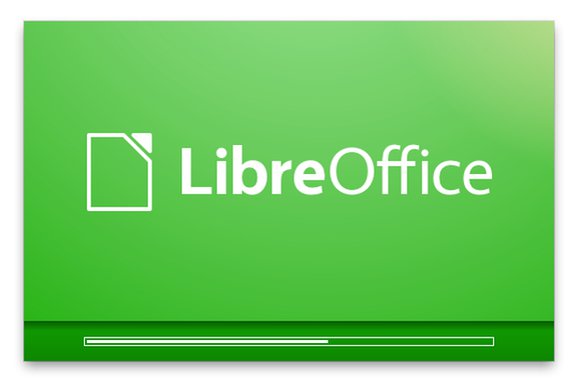LibreOffice, the open source productivity suite forked from OpenOffice by the Document Foundation, hit its 4.4 release today. The release notes boast of much work done under the hood, including a major bug-reducing code scan. But for the first time in a good while, the hood gets a nice polish too.
Changes within most every release of LibreOffice cover a few basic categories: new features; improvements to code quality; better interoperability with OOXML and legacy document formats; polishes to the interface; and less dependencies on both legacy code and proprietary technologies. LibreOffice 4.4 hits all those notes, most significantly and visibly with a major cleanup effort around the UI.
Most of the cleanup involves reducing the clutter in menus and toolbars, as well as clarifying certain prompts, such as the potentially confusing document status bar. The icon sets in the most frequently accessed toolbars have been overhauled so that the most common functions are revealed by default. The suite's dialogs have been converted to

LibreOffice 4.4's UI cleanup puts the most relevant icons upfront in the toolbars, while also reworking the way dialogs are authored and rendered for more flexibility.
use the GtkBuilder/Glade interface design system, allowing more flexibility for UI elements.
The changes aren't as disruptive as, say, the Microsoft Office 2007 ribbon interface, which forced an entirely new workflow on users. In fact, back in 2010 OpenOffice mulled a ribbonlike UI under Project Renaissance. Nothing seems to have come of the project, save for a couple of mockup and prototype designs. It's unlikely anything ever will, given that many of the conveniences provided by the ribbon seem to have been eclipsed by the pop-out sidebar donated by IBM, courtesy of the Lotus Symphony spinoff of OpenOffice.
More big changes come via a code scan by Coverity, which reportedly helped remove some 6,000 code defects. Most of the detected problems involve error handling and the elusive null-pointer dereferencing issues, the latter common in big C++ projects. According to Red Hat's Caolán McNamara, LibreOffice's 9.5-million-line codebase was run through Coverity "approximately once a week," with a defect rate of 0.07 error per 1,000 lines of code as of September 2014.
Such statistics may put proprietary software to shame, but the LibreOffice team is aware that code quality isn't a factor for most users. To that end, the other major improvements in 4.4 address interoperability between LibreOffice and Microsoft OOXML documents, legacy Microsoft formats like Microsoft Publisher, and new import support for legacy Mac file formats such as Adobe Pagemaker and MacDraw.
Interoperation is one of the main difficulties organizations have previously faced with both OpenOffice and LibreOffice. During Munich's multiyear migration from proprietary software (read: Microsoft), the city's administration decided to go with LibreOffice over OpenOffice back in 2012. (One cited reason was "the greater flexibility of the project regarding consumption of open source licenses.") But as of mid-2014, the city has been mulling a switch back to Microsoft, in part due to user complaints about usability and compatibility.
The Document Foundation is taking other steps aside from evangelism to find a wider audience for LibreOffice. One path is via LibreOffice for Android, which debuted last week in an early version. So far it's little more than a glorified document viewer, though the plan is to begin with the core functionality on top of a mobile-app base provided by Mozilla, then layer in more LibreOffice utility over time.






